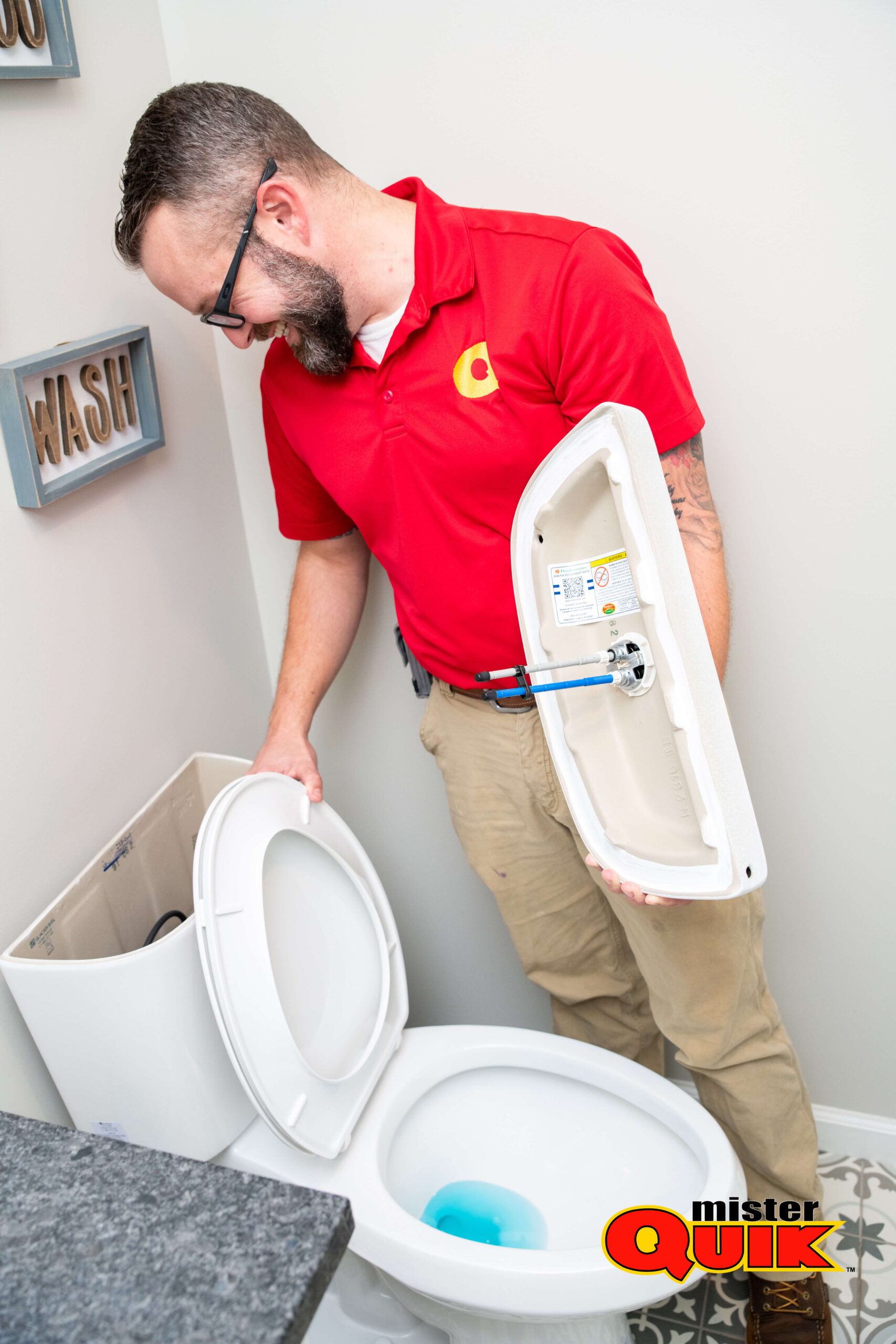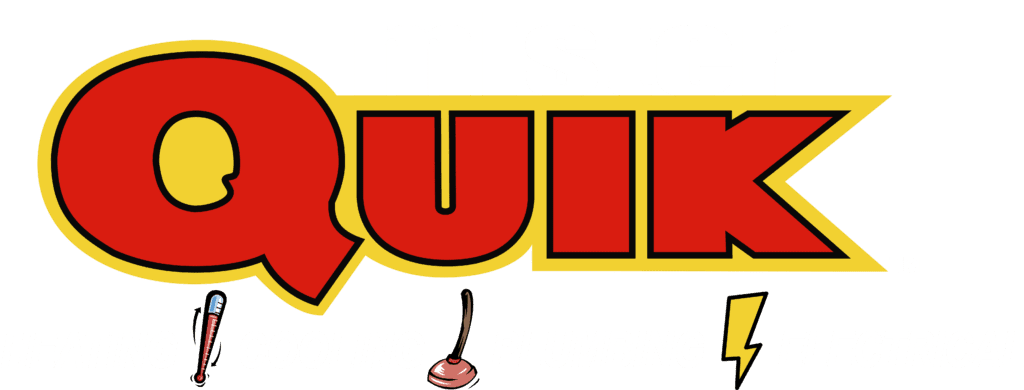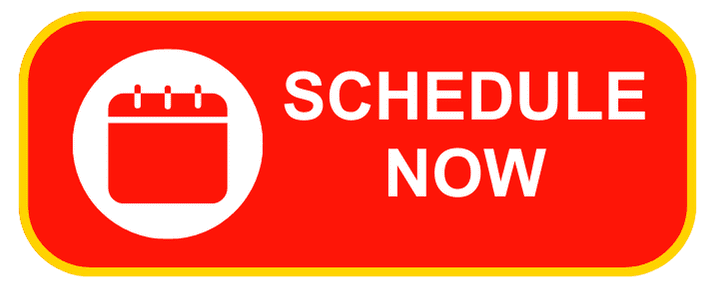Bathrooms Plumbing Near Me
Schedule on your own without making a call. Click the button below to get started!

Bathroom Plumbing System
Understanding your bathroom plumbing system is essential for maintaining a functional and efficient home. From sinks to toilets, showers, and tubs, each component plays a crucial role in the overall operation of your bathroom. Let’s explore the key aspects of a bathroom plumbing system:
- – Water Supply: Your bathroom receives water through supply pipes connected to the main water line of your home.
- – Fixtures: Common fixtures include sinks, toilets, showers, and tubs, each requiring specific plumbing connections.
- – Drainage: Wastewater from your fixtures is carried away through drain pipes connected to the sewer or septic system.
- – Ventilation: Vent pipes allow sewer gasses to escape, ensuring proper drainage and preventing unpleasant odors.
- – Maintenance: Regular maintenance, including checking for leaks, clearing clogs, and inspecting connections, is essential for optimal performance.
In conclusion, a well-maintained bathroom plumbing system is vital for the comfort and functionality of your home. Trust Mister Quik Home Services in Plainfield for expert plumbing services to keep your bathroom running smoothly and efficiently.
Bathroom Sink Plumbing
Understanding the intricacies of bathroom sink plumbing is essential for maintaining a functional and leak-free system. From the drainage mechanism to the various components, there’s much to learn about how it all works together. Here’s a comprehensive guide to help you navigate bathroom sink plumbing:
The drainage system of a bathroom sink consists of the drainpipe, P-trap, and vent pipe, which work together to carry wastewater away from the sink and prevent sewer gasses from entering the home.
Key components of bathroom sink plumbing include the faucet, stopper mechanism, supply lines, and shutoff valves, each serving a specific function in delivering water to the sink and controlling its flow.
Understanding common plumbing issues such as clogs, leaks, and dripping faucets can help you identify and address problems promptly, preventing water damage and inconvenience.
Regular maintenance practices such as keeping drains clear of hair and debris, checking for leaks, and inspecting supply lines can help prolong the lifespan of your bathroom sink plumbing.
While some minor repairs and maintenance tasks can be done DIY, complex issues or extensive renovations may require the expertise of a professional plumber to ensure proper installation and compliance with building codes.
The plumbing required for a bathroom typically encompasses supply lines, drainage pipes, and venting systems. Supply lines deliver water to various fixtures such as sinks, showers, and toilets, while drainage pipes carry wastewater away. Venting systems prevent airlocks and facilitate proper drainage by allowing air to enter the pipes. The specific plumbing configuration may vary depending on the layout and fixtures of the bathroom, as well as local building codes and regulations. Professional plumbers ensure proper installation to maintain
Yes, a shower and toilet can share the same drain if properly designed and installed. This configuration is common in many households and is often referred to as a wet room or a combined bathroom. It requires appropriate plumbing arrangements to ensure effective drainage and prevent any potential issues such as clogging or drainage problems. Proper ventilation and maintenance are also essential to maintain hygienic conditions and prevent odors. Overall, with the right plumbing setup and maintenance, combining a shower and toilet drain is feasible and functional for residential spaces.
While it’s technically possible for individuals to tackle their own bathroom plumbing, it’s important to consider several factors before proceeding. DIY plumbing requires a certain level of expertise and knowledge of local building codes to ensure safety and compliance. Additionally, mistakes in plumbing can lead to costly repairs or damage to property. For complex plumbing tasks such as rerouting pipes or installing new fixtures, it’s often advisable to consult with a professional plumber to ensure the job is done correctly and to avoid potential issues down the line.
The time it takes to plumb a bathroom depends on various factors such as the complexity of the plumbing layout, the experience of the plumber, and the availability of necessary materials. On average, a standard bathroom plumbing installation can take anywhere from several hours to a full day to complete. However, larger or more intricate projects may require additional time. It’s essential to consult with a professional plumber to get a more accurate estimate based on the specific requirements of the job.
The size of the pipe needed to plumb a bathroom depends on several factors including the fixtures you plan to install, the distance from the main sewer line, and local building codes. Generally, for residential bathrooms, common pipe sizes range from 1.5 inches to 4 inches in diameter. Larger diameter pipes are typically used for toilets and main drains, while smaller pipes are suitable for sinks, showers, and bathtubs. It’s important to consult with a plumber or adhere to local plumbing codes to ensure proper sizing and installation for optimal functionality and compliance.
Bathrooms Plumbing Fittings


When it comes to bathrooms, understanding plumbing fittings is essential for ensuring functionality and aesthetics. From faucets to drains, each fitting serves a specific purpose in your bathroom’s plumbing system. Let’s delve into the world of bathroom plumbing fittings to help you make informed decisions:
- – Faucets: Faucets control the flow of water in sinks, showers, and tubs, and they come in various styles and finishes to match your bathroom decor.
- – Showers: Shower fittings include showerheads, valves, and handles, allowing you to customize water pressure and temperature for a comfortable bathing experience.
- – Toilets: Toilet fittings comprise components like flush valves, fill valves, and handles, ensuring efficient flushing and water conservation.
- – Drains: Drain fittings, such as traps and strainers, prevent clogs and odors by trapping debris and allowing wastewater to flow freely.
- – Pipes and Connectors: Pipes and connectors, including supply lines and P-traps, transport water to and from fixtures while maintaining proper drainage and preventing leaks.
Understanding bathroom plumbing fittings empowers you to create a functional and stylish bathroom that meets your needs and preferences. Trust Mister Quik Home Services in Plainfield for expert advice and installation of plumbing fittings to enhance your bathroom experience.
Bathrooms Plumbing Prices
Understanding bathroom plumbing prices is crucial for homeowners planning renovations or repairs. From fixture installations to pipe replacements, various factors influence the overall cost. Here’s a breakdown of key considerations when estimating bathroom plumbing prices:


The price of fixtures such as sinks, toilets, showers, and bathtubs varies widely based on material, brand, and features.


Plumbing labor rates vary depending on the complexity of the job, location, and the plumber's experience.



The type of pipes used, whether PVC, copper, or PEX, affects material costs and installation expenses.



Some plumbing projects require permits, which incur additional fees depending on local regulations.
Small Bathrooms Plumbing
If you have a small bathroom, optimizing its plumbing is essential for functionality and space efficiency. From fixtures to layout, understanding small bathroom plumbing can help you make the most of your limited space. Here’s a comprehensive guide to small bathroom plumbing:
1. Fixture Selection:
Choose space-saving fixtures like corner sinks, wall-mounted toilets, and compact bathtubs or showers to maximize floor space.
2. Layout Considerations:
Plan the layout carefully to ensure efficient use of space, considering the placement of plumbing lines, fixtures, and storage options.
3. Plumbing Configurations:
Explore innovative plumbing configurations such as concealed pipes, in-wall cisterns, and narrow-profile pipes to minimize visual clutter and maximize usable space.
4. Ventilation Solutions:
Proper ventilation is crucial in small bathrooms to prevent moisture buildup and mold growth. Install exhaust fans or windows to promote air circulation and maintain a healthy environment.
Bathroom in Basements Plumbing
Are you considering adding a bathroom to your basement but unsure about the plumbing requirements? Understanding the intricacies of bathrooms with basement plumbing can help you plan and execute your project smoothly. Here’s everything you need to know about the plumbing aspects of installing a bathroom in your basement:
Proper drainage is crucial for basement bathrooms to prevent water buildup and potential flooding. Installing floor drains and ensuring proper slope in plumbing lines are essential.
n many cases, basement bathrooms require sewage ejector systems to pump waste water from below-grade plumbing fixtures to the main sewer line.
Adequate ventilation is necessary to prevent moisture buildup and odors in basement bathrooms. Installing exhaust fans and ventilation ducts helps maintain air quality.
Depending on the basement's layout and elevation, pump systems such as sump pumps or sewage ejector pumps may be necessary to facilitate wastewater removal.
Basements are prone to moisture, so waterproofing measures are vital to protect plumbing fixtures and prevent water damage to walls and floors.
In conclusion, understanding the plumbing considerations for basement bathrooms is crucial for a successful installation. Trust Mister Quik Home Services in Plainfield to provide expert guidance and plumbing solutions tailored to your basement renovation needs.
- Check for leaks in supply pipes.
- Ensure all shut-off valves are fully open
- Use a plunger to clear minor clogs.
- Check for obstructions in drain pipes.
- Inspect faucets and showerheads for mineral buildup.
- Test toilet flush mechanisms for proper operation.
- Clean exhaust fan vents to improve airflow.
- Check vent pipes for blockages or damage.
- Schedule routine inspections for leaks and corrosion.
- Replace worn-out washers and seals in faucets and valves.






